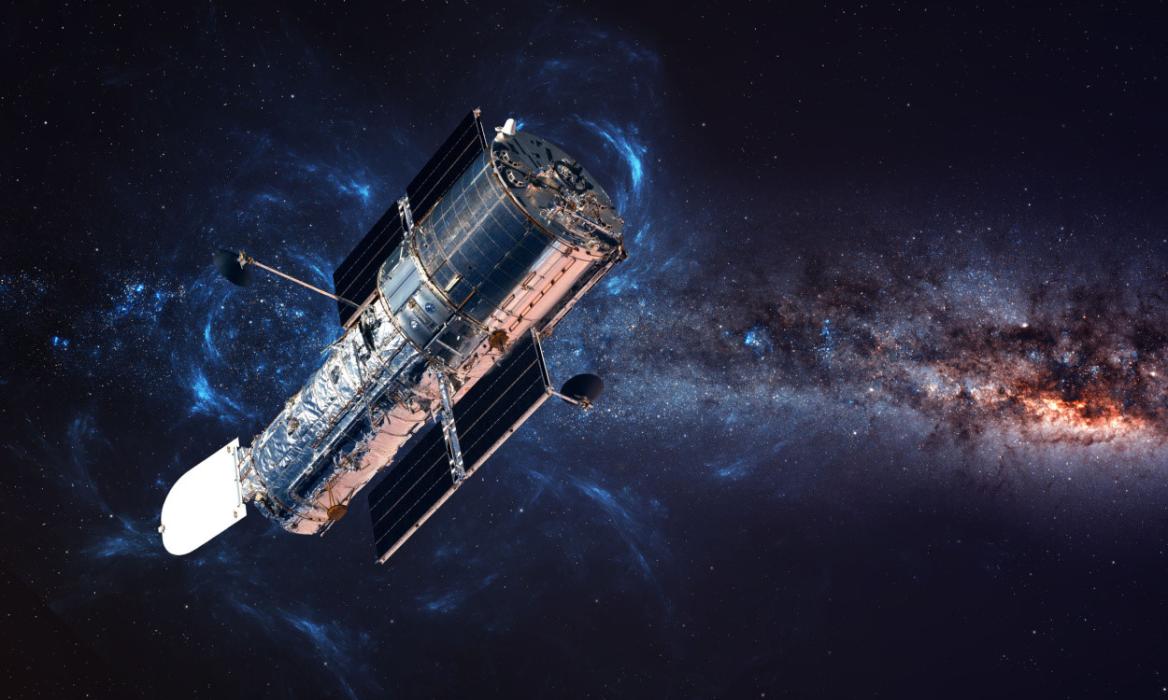
- The Hubble Space Telescope has captured a close-up shot of the spiral galaxy IC 438, which is 130 million light years away from Earth.
- Back in 2017, a Type Iax supernova caused the Hubble telescope to start studying this galaxy.
- The image shows a very bright star in one of the arm ends of this spiral galaxy.
Recently, the ESA (European Space Agency) took to their blog and X (formerly Twitter) handle to reveal a never-seen-before deep space shot. This particular image is a close-up of the spiral galaxy IC 438 captured by the Hubble Space Telescope.
Now, this particular spiral galaxy is 130 million light years away from Earth. Moreover, it is located in that region of the sky where the Lepus constellation (shaped like a hare) is located. That is exactly why the ESA captioned this image as “Luminous in Lepus” in their blog.
What’s more, if you didn’t know, Lepus is one of the 88 officially recognized constellations by the IAU (International Astronomical Union). You can actually see this spiral galaxy partly from both the Earth’s Northern and Southern hemispheres as it is situated very close to the equator.
As for the image itself, you get to see the IC 438 up close, with a star shining brightly in one of the spiral galaxy’s arm ends. A spiral galaxy, as the name suggests, comes with spiral arms that are tightly packed around the galaxy’s core. These arms gradually loosen towards the arm ends as this spiral curves out. You can take a look at the IC 438’s image below to get an idea:
The Hubble Telescope started studying this spiral galaxy when a Type Ia supernova took place back in 2017. What makes the Type Iax supernova special is the fact that it wasn’t until 2013 that it was discovered. Prior to that, there were only two types of supernovae, namely, Core Collapse and Type Ia.
The binary system of two stars is what ultimately leads to the Type Ia supernova taking place. This particular image was captured three years after the supernova occurred. So, you can’t see much in this image. However, thanks to the new images and data, a lot can be derived and learned about a supernova’s aftermath.
Moreover, such data and images are a reminder that space will never stop fascinating us. What do you think about this close-up of the spiral galaxy? Were you as fascinated as we were? Let us know in the comments!